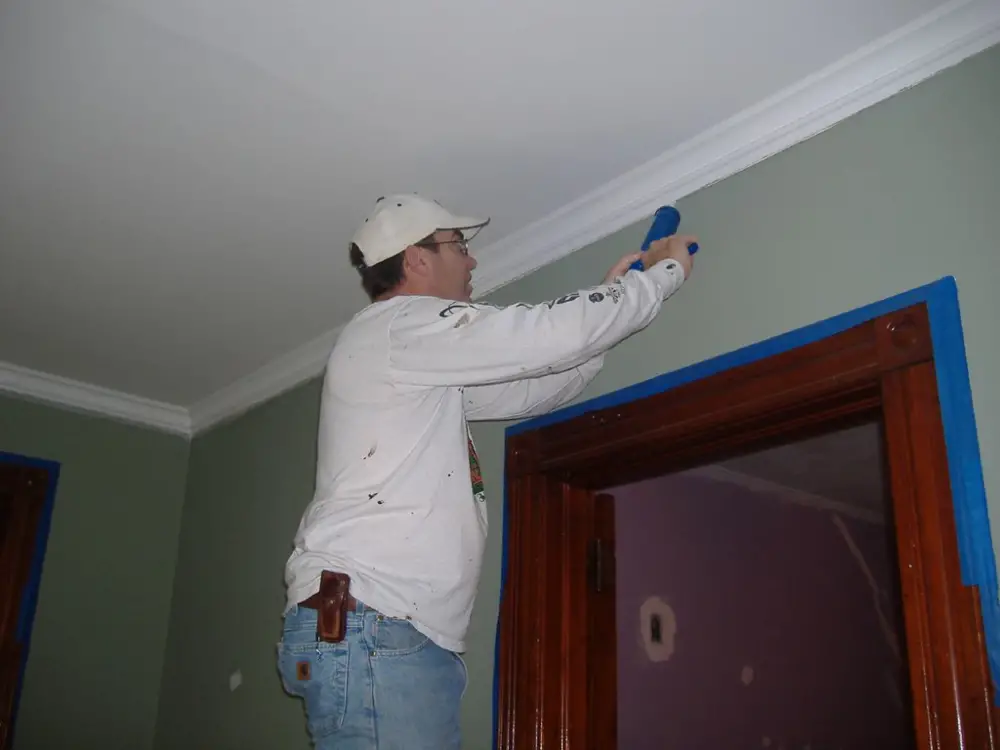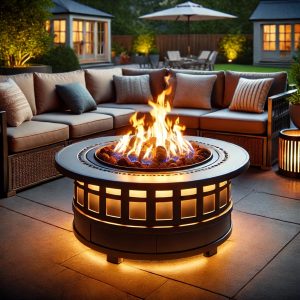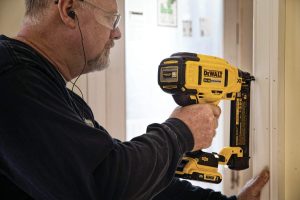Sealing home air leaks is a crucial step in enhancing the efficiency of home cooling and heating systems. This process conserves energy, reduces utility bills, improves indoor air quality, and maintains a comfortable living environment.
This article explores various strategies and techniques for effectively sealing home air leaks, ensuring your home remains energy-efficient throughout the year.
Contents
- 1 Understanding Home Air Leaks
- 2 Benefits of Sealing Home Air Leaks
- 3 Identifying Air Leaks in Your Home
- 4 Techniques for Sealing Home Air Leaks
- 5 Maintaining an Air Leak-Free Home
- 6 FAQ on Sealing Home Air Leaks
- 6.1 What are the main benefits of sealing home air leaks?
- 6.2 How can I identify air leaks in my home?
- 6.3 What are some common areas where air leaks occur?
- 6.4 What materials are needed for sealing home air leaks?
- 6.5 Can sealing home air leaks improve my home’s energy efficiency?
- 6.6 Is hiring a professional for sealing home air leaks necessary?
- 6.7 How often should I check my home for air leaks?
- 6.8 Are there environmental benefits to sealing home air leaks?
- 6.9 Will sealing air leaks affect indoor air quality?
- 6.10 What should I do if I find air leaks in my home?
- 7 Conclusion
Understanding Home Air Leaks
Sealing home air leaks is essential to creating an energy-efficient living space. This section delves into what air leaks are, their common sources, and how they impact a home’s energy efficiency. By understanding these aspects, homeowners can take informed steps to enhance their home’s comfort and efficiency.
What are Home Air Leaks?
Home air leaks represent a common but often overlooked issue in residential buildings, where unwanted outside air infiltrates or inside air escapes through various openings. These leaks usually occur around doors, windows, electrical outlets, and other less obvious spots like attic hatches or foundation cracks. Even newly constructed homes are not immune to this issue, as settling and aging can create new pathways for air to travel in and out.
While a certain level of air exchange is critical for maintaining good indoor air quality, excessive air leakage is counterproductive. It can lead to significant energy loss, as heating and cooling systems work overtime to compensate for the unstable indoor climate.
This increases energy consumption and can lead to discomfort, with rooms feeling drafty in winter and overly warm in summer. Moreover, these air leaks can carry moisture, which, over time, may lead to structural damage or mold growth, further exacerbating health and comfort issues within the home.
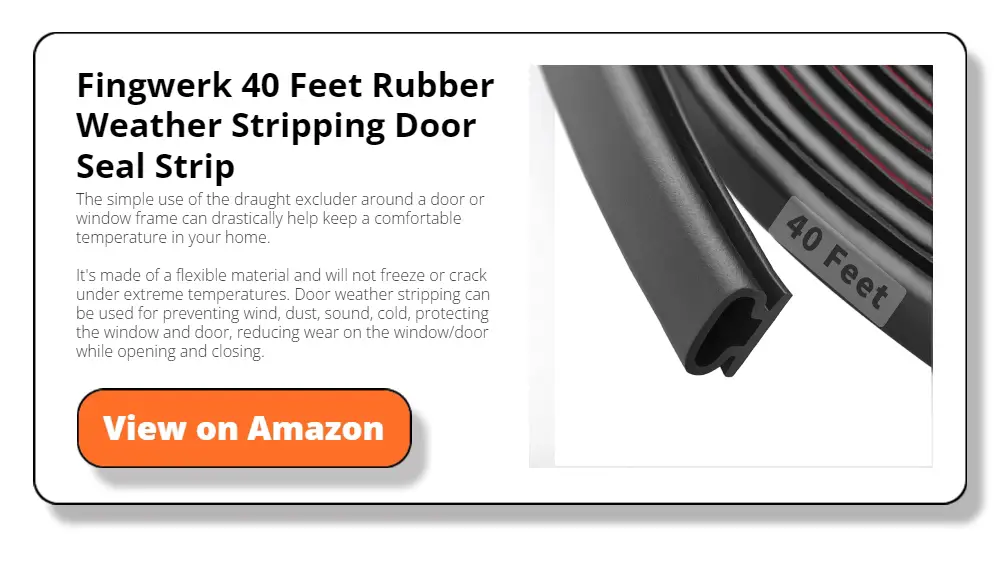
Importance of Sealing Air Leaks
Sealing home air leaks is a critical task for maintaining the efficiency and comfort of a home. It directly influences the performance of heating and cooling systems. Unsealed leaks force these systems to work harder, consuming more energy and increasing utility bills. In the winter, warm indoor air escapes through these leaks.
In summer, hot outdoor air enters, compromising the home’s ability to maintain a consistent temperature. This not only leads to higher energy costs but also to an inconsistent and uncomfortable indoor climate.
Beyond temperature control, air leaks can introduce moisture, dust, and allergens into the home, negatively affecting indoor air quality. This can be particularly problematic for individuals with allergies or respiratory issues.
Additionally, moisture brought in through air leaks can contribute to mold growth and structural damage, which can be costly to repair. By sealing these leaks, homeowners can enhance their living environment, ensuring a healthier, more comfortable, and energy-efficient home.
Common Sources of Air Leaks
- Windows and Doors: These are the most common areas where air leaks occur. Gaps and cracks around window frames and under doorways allow much air to pass through.
- Electrical Outlets and Switch Plates: Often overlooked, these areas can be sources of air leaks, especially in older homes.
- Attic Hatches and Ceiling-to-Wall Joints: Air leaks in these areas can lead to significant heat loss, especially during colder months.
- Ductwork: Leaks in ductwork can lead to loss of conditioned air, reducing the efficiency of HVAC systems.
- Plumbing Penetrations: Places where pipes enter and exit a home can have gaps that allow air to leak.
- Chimneys and Fireplaces: These can create large openings for air to enter or escape, especially if not properly sealed or maintained.
Impact on Energy Efficiency
Unsealed air leaks can considerably impact a home’s energy efficiency. In winter, warm air escapes from these leaks, forcing heating systems to work harder to maintain indoor temperatures. Similarly, hot air enters through these gaps in summer, making cooling systems less efficient. This cycle leads to increased energy consumption and higher utility costs.
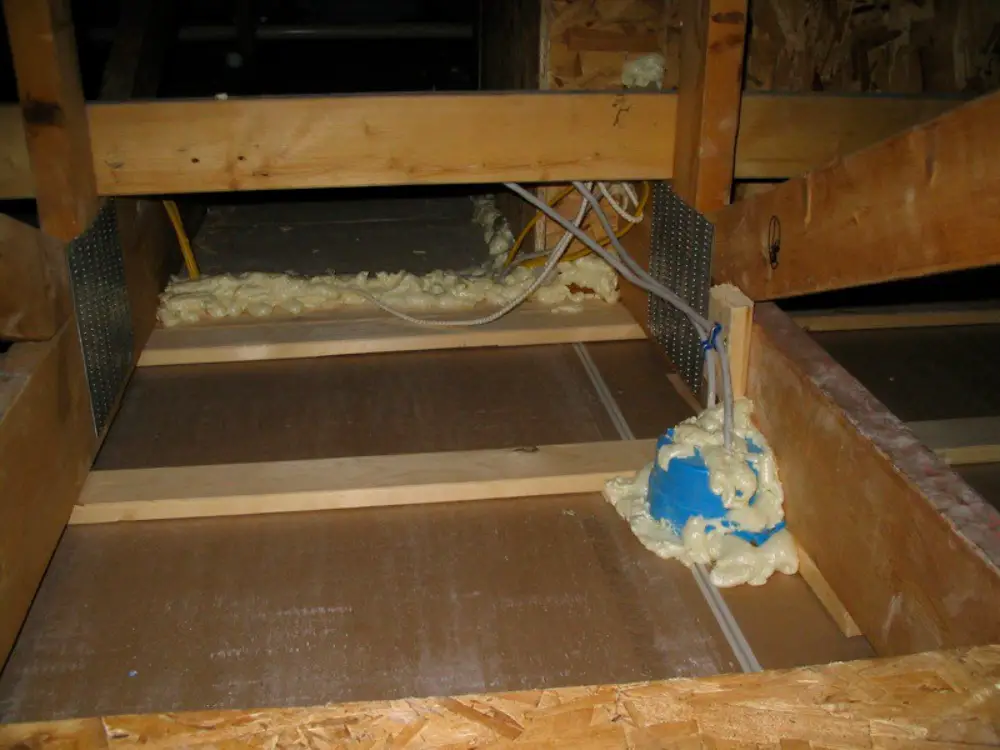
Benefits of Sealing Home Air Leaks
Sealing home air leaks is not just a task. It’s an investment in your home’s comfort, efficiency, and health. This section highlights the key benefits of sealing home air leaks, illustrating why they are vital to home maintenance.
Reduced Energy Costs
One of the most immediate benefits of sealing home air leaks is reducing energy costs. When leaks are sealed, heating and cooling systems don’t have to work as hard to maintain indoor temperatures.
This efficiency translates to lower energy usage and reduced utility bills. Over time, the savings gained from sealing home air leaks can be substantial, offering financial relief and a quick return on the investment made in home improvement.
Enhanced Indoor Comfort
Comfort in a home is significantly influenced by its ability to maintain consistent temperatures. Sealing home air leaks helps stabilize the indoor environment by preventing hot or cold air influx.
This means warmer winters and cooler summers inside the house. Eliminating drafts and cold spots contribute to a more comfortable living space, making sealing home air leaks essential to achieving year-round comfort.
Improved Air Quality
Air leaks can allow more than just external temperatures into a home; they can also introduce dust, pollen, and other pollutants. Sealing home air leaks plays a crucial role in improving indoor air quality by reducing the entry of these external irritants.
For families with allergies or respiratory issues, this can significantly affect their quality of life. Additionally, sealing home air leaks helps control indoor humidity levels, reducing the risk of mold and mildew growth, which are detrimental to the home’s structure and its inhabitants’ health.
Long-Term Home Protection
Lastly, sealing home air leaks is a proactive measure in safeguarding the structural integrity of a home. Sealing home air leaks helps protect against wood rot, paint deterioration, and other moisture-related damages by keeping out moisture and preventing condensation buildup. This preventative measure can save homeowners significant costs in long-term repairs and maintenance.
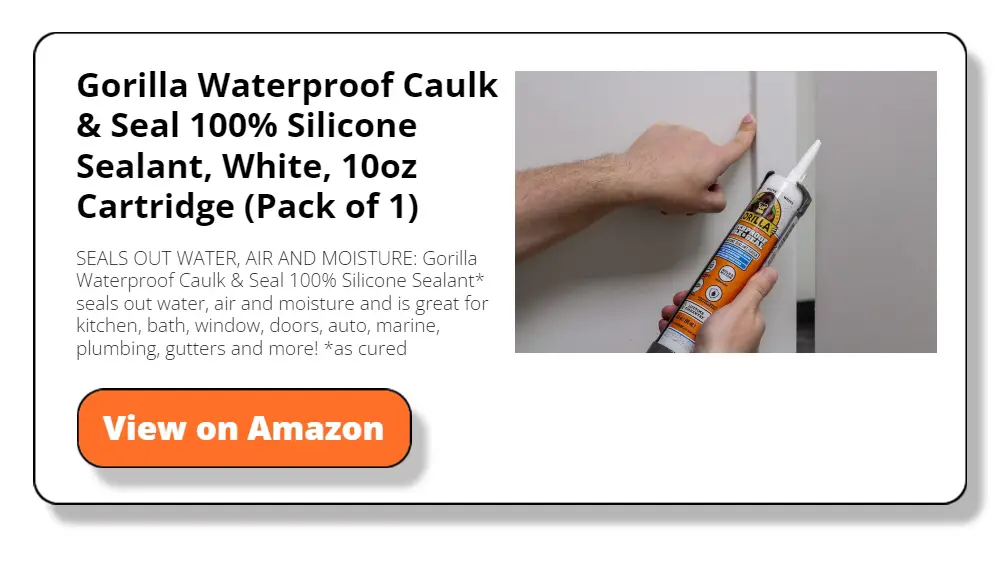
Identifying Air Leaks in Your Home
Identifying air leaks is the first crucial step in sealing home air leaks. This section provides detailed insights into how homeowners can detect these leaks, ensuring they are well-equipped to tackle the issue effectively.
Understanding the Significance of Leak Detection
Before sealing home air leaks, locating where they are is essential. Air leaks, often invisible to the naked eye, can exist in various parts of a home. Detecting these leaks is vital for several reasons. Firstly, it helps target the sealing process, ensuring that efforts and resources are used efficiently.
Secondly, it allows homeowners to prioritize the most significant leaks that contribute most to energy loss and discomfort.
DIY Inspection Tips
- Visual Inspection: Start by examining areas known for air leaks, such as windows, doors, and utility cut-throughs. Look for visible gaps, old caulking, or weatherstripping that appears worn out.
- The Hand Test: On a windy day, move your hand around the edges of common leak sites. If you feel a draft, there’s likely an air leak.
- Incense Stick Test: Light an incense stick and hold it near suspected leak areas. Watch the smoke; if it wavers or is sucked out or blown into the room, there’s a leak.
- Thermal Detectors: These devices can help detect temperature differences around doors and windows, indicating possible leaks.
- Building Pressurization Test: This is a more involved test where you close all windows, doors, and vents, then use an exhaust fan to create negative pressure inside. This makes leaks easier to detect using the incense stick method.
Professional Energy Audits
While DIY methods are helpful, professional energy audits offer a more comprehensive assessment. These audits use advanced tools like blower doors and infrared cameras to detect air leaks throughout the house.
A blower door test depressurizes the home, revealing hard-to-detect leaks. Infrared cameras visualize temperature differences caused by air leaks, providing precise leak locations. Professional audits identify leaks and offer expert advice on sealing home air leaks effectively.
Common Areas Prone to Air Leaks
- Windows and Doors: These are the most common leak sites. Check for gaps between the window or door and the frame. Weatherstripping and caulking can deteriorate over time, needing regular inspection.
- Attics and Basements: These areas are often overlooked but can be significant sources of air leaks. Look for gaps around attic hatches and basement doors.
- Utility Cut-Throughs: Where wiring and plumbing penetrate walls, floors, and ceilings, air leaks can occur. These gaps can be sealed with appropriate materials.
- Ductwork: Leaks in ductwork, especially at joints, can lead to significant energy loss. Sealing these leaks can improve the overall efficiency of your HVAC system.
- Fireplaces: Ensure the damper is tightly sealed when not in use, as fireplaces can be a major source of air leakage.
Seasonal Variations in Air Leak Detection
The ease of detecting air leaks can vary with the seasons. In winter, leaks may be easier to detect due to the noticeable cold drafts. Conversely, warm drafts around windows and doors can indicate air leaks in summer. Homeowners should be vigilant year-round for signs of air leaks.
Importance of Regular Checkups
Regularly checking for air leaks is crucial. Over time, buildings settle, and new leaks can form. Seasonal inspections, especially before winter and summer, can help maintain an efficient, leak-free home.
Identifying air leaks is a critical step in sealing home air leaks. Whether through DIY methods or professional audits, accurately locating these leaks is essential for effective sealing. Regular checkups and understanding the common areas prone to leaks can greatly enhance a home’s energy efficiency and comfort.
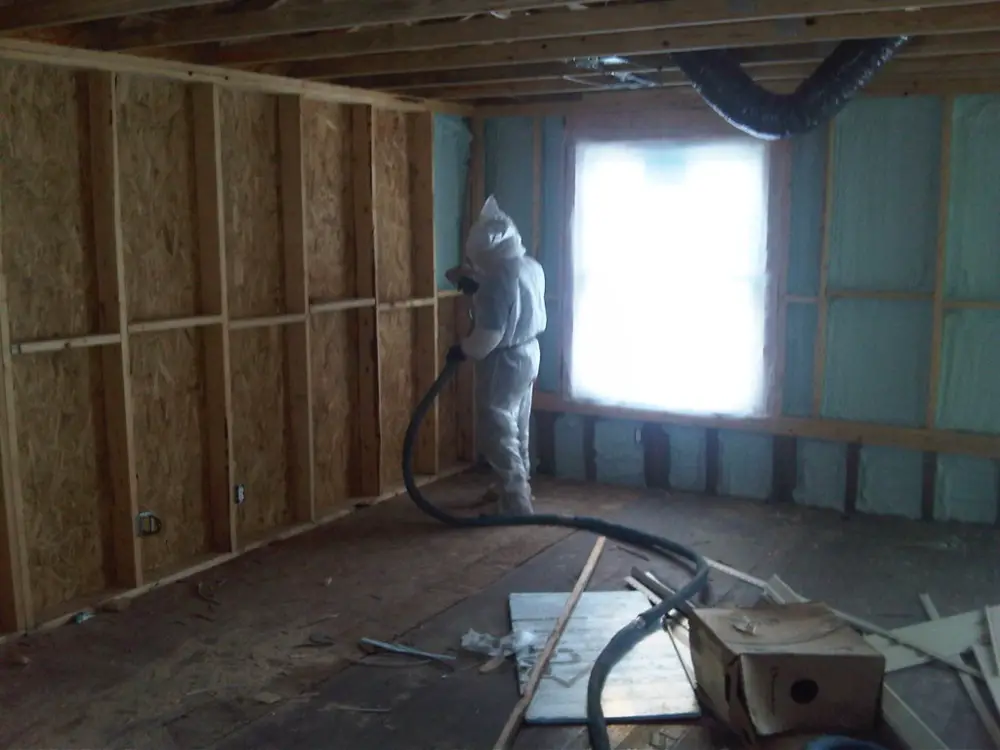
Techniques for Sealing Home Air Leaks
Once you’ve identified where the leaks are occurring in your home, the next step is sealing home air leaks efficiently. This section offers comprehensive techniques for sealing home air leaks, ensuring your efforts yield the best energy efficiency and comfort results.
Understanding the Right Materials for Sealing
Choosing the correct materials is crucial for effectively sealing home air leaks. Common materials include caulk, weatherstripping, foam sealant, and insulation. Each material serves a specific purpose and is suitable for different types of leaks.
- Caulk for sealing home air leak: Ideal for sealing cracks and gaps less than one-quarter-inch wide, particularly around non-moving parts like window frames.
- Weatherstripping for sealing home air leak: Sealing components that move, like doors and operable windows.
- Foam Sealant for sealing home air leak: For larger gaps around plumbing pipes, vents, and wires.
- Insulation for sealing home air leak: Essential for larger areas needing thermal protection, like attic floors and walls.
Sealing Windows and Doors
- Caulking for sealing home air leak: Apply caulk around the frame and where the trim meets the wall. For better adherence, ensure the old caulk is removed before applying the new caulk.
- Weatherstripping for sealing home air leak: Choose the appropriate weatherstripping for doors and windows based on their type and usage. Ensure it’s applied firmly to prevent air from entering or escaping.
Insulating Attics and Basements
- Attic insulation for sealing home air leak: Increase the insulation in your attic to recommended levels, focusing on areas where the insulation is damaged or insufficient.
- Basement caulking for sealing home air leak: Use caulk or foam sealant to fill gaps around basement windows and where utility lines enter the home.
Ductwork Sealing
Ducts are often a significant source of air leaks. Using mastic sealant or metal tape, seal all joints and seams in the ductwork. Ensure that the sealant is properly applied and covers all potential leak points.
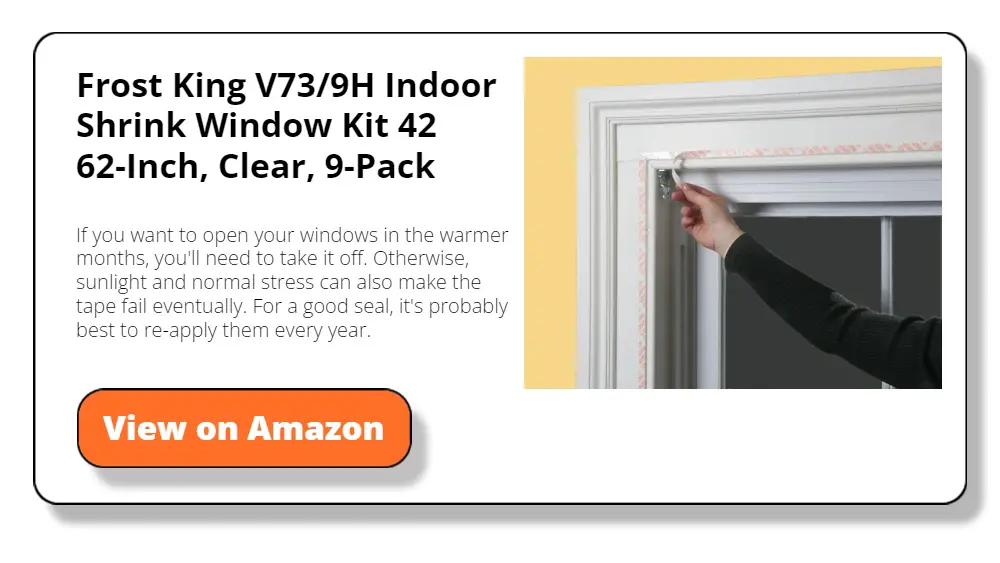
Sealing Plumbing Penetrations and Electrical Outlets
Plumbing Areas: Use caulk or expanding foam to seal gaps where plumbing pipes penetrate walls or floors.
Electrical Outlets: Install foam gaskets behind the outlet and switch plates to prevent air from leaking through these openings.
Upgrading Windows and Doors
Sometimes, the best solution for sealing home air leaks is to upgrade to more energy-efficient windows and doors. Look for products with a good energy rating designed to minimize air leakage.
Tips for Effective Sealing
Clean Surfaces: Before applying any sealant, clean the surfaces thoroughly. This ensures better adhesion and a more effective seal.
Check for Gaps: Regularly inspect seals around windows, doors, and other areas to ensure they remain airtight.
Consider Professional Help: Consider hiring a professional for complex tasks like attic insulation or window replacement. This ensures the job is done correctly and efficiently.
Environmental Considerations
When sealing home air leaks, it’s also important to consider the environmental impact of the materials used. Opt for eco-friendly sealants and insulation materials where possible. This improves your home’s energy efficiency and contributes to a healthier environment both inside and outside your home.
Long-Term Maintenance
Sealing home air leaks is not a one-time task. Regular maintenance is required to ensure the seals remain effective. Inspect seals annually and address any issues promptly to maintain optimal energy efficiency.
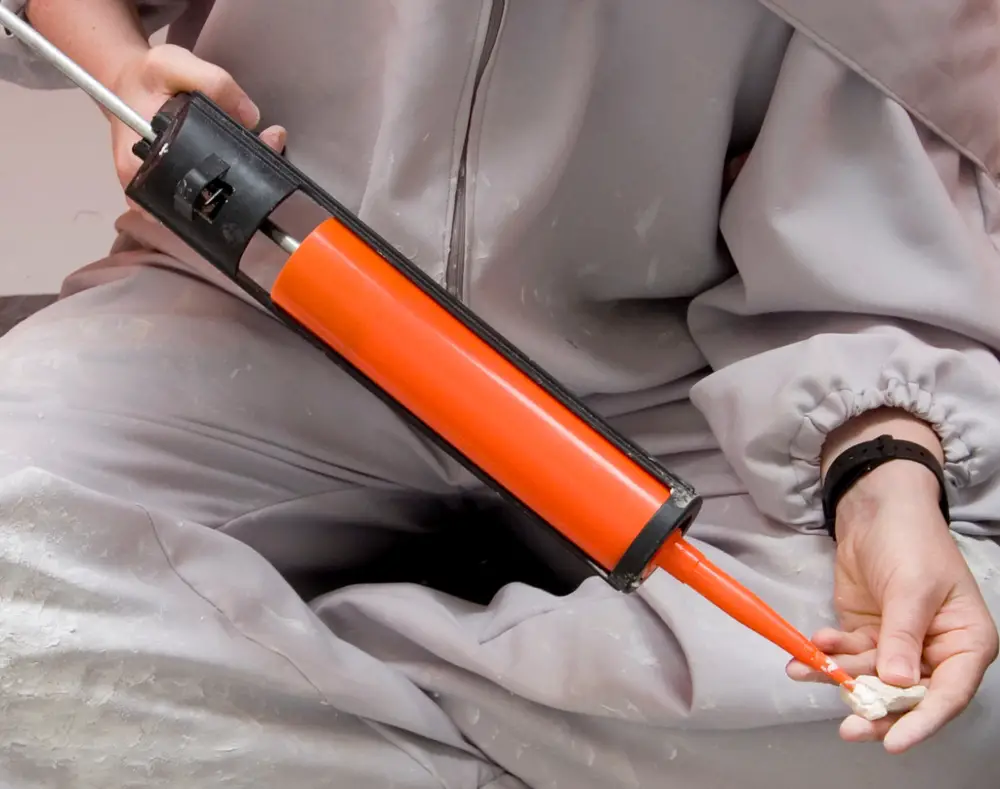
Maintaining an Air Leak-Free Home
Achieving an air leak-free home is a continuous process. Sealing home air leaks effectively is the beginning; maintaining this state is key to ensuring long-term energy efficiency and comfort. This section discusses strategies and practices for maintaining an air leak-free home.
Regular Inspections and Maintenance
Regular inspections are crucial in maintaining an air leak-free home. Even after initial sealing efforts, homes can develop new leaks due to aging, weather, and structural shifts.
Seasonal Checkups: Conduct inspections at least twice a year, preferably before winter and summer, to prepare for extreme temperatures.
Visual Inspections: Regularly check known problem areas like windows, doors, and utility entrances for signs of wear and tear.
Touch and Listen: Feel for drafts around windows and doors, and listen for whistling sounds, which can indicate air leaks.
Professional Audits: Consider scheduling a professional energy audit every few years. They can identify leaks you might miss and advise on the latest sealing techniques.
Updating Sealing Techniques
Over time, the effectiveness of sealing materials can diminish. Keeping up with the latest sealing technology can help maintain an air-leak-free home.
Material Replacement: Regularly check the condition of caulking and weatherstripping and replace them when worn or lost elasticity.
Advancements in Sealing Technology: Stay informed about new sealing materials and methods that offer longer-lasting protection or better energy efficiency.
Addressing Problematic Areas
Some home areas are more prone to air leaks and may require extra attention.
Doors and Windows: These are common leak areas. Ensure that weatherstripping is intact and that doors and windows close tightly. Sealing home air leaks requires all entry points to your home is properly sealed.
Attic and Basement: Check these areas periodically for signs of leaks, such as visible gaps or daylight coming through cracks. The long-term benefits of sealing home air leaks means addressing these cracks as soon as they happen.
Ductwork: Inspect ducts for leaks, especially at joints and connections, and seal any gaps with mastic sealant or metal tape.
Balancing Ventilation with Sealing
While sealing home air leaks is important, it’s also vital to maintain proper ventilation for indoor air quality.
Ventilation Systems: Ensure your home has adequate ventilation, especially in kitchens and bathrooms.
Balanced Approach: Strive for a balance between sealing air leaks and allowing for controlled ventilation to maintain a healthy indoor environment.
Long-Term Benefits
Maintaining an air leak-free home has long-term benefits, including sustained energy savings, consistent indoor comfort, and a reduced environmental impact.
- Cost Savings: Regular maintenance helps avoid the need for more significant repairs in the future and keeps energy costs down.
- Comfort: An air leak-free home maintains a consistent temperature, enhancing overall comfort.
- Environmental Impact: By reducing energy consumption, you’re also contributing to lower greenhouse gas emissions, playing a part in environmental conservation.
Maintaining an air-leak-free home requires ongoing effort and vigilance. These key components include regular inspections, staying updated with sealing technologies, balancing ventilation, monitoring energy usage, and educating household members.
The long-term benefits of sealing home air leaks and maintaining these efforts are significant for your home and the environment.
FAQ on Sealing Home Air Leaks
What are the main benefits of sealing home air leaks?
Sealing home air leaks leads to reduced energy costs, enhanced indoor comfort, improved air quality, and long-term protection of your home’s structure. It’s an effective way to make your home more energy-efficient and comfortable.
How can I identify air leaks in my home?
You can identify air leaks through visual inspection, the hand test, the incense stick test, using thermal detectors, or conducting a building pressurization test. For a comprehensive assessment, consider a professional energy audit.
What are some common areas where air leaks occur?
Common areas for air leaks include windows and doors, attic hatches, basement entries, utility cut-throughs for pipes and wiring, ductwork, and fireplaces.
What materials are needed for sealing home air leaks?
Typical materials for sealing home air leaks include caulk, weatherstripping, foam sealant, and insulation. The choice of material depends on the size and location of the leak.
Can sealing home air leaks improve my home’s energy efficiency?
Sealing home air leaks is a key step in improving your home’s energy efficiency. It reduces your heating and cooling systems’ workload, lowering energy consumption and utility bills.
Is hiring a professional for sealing home air leaks necessary?
While many air leaks can be sealed DIY using basic materials, some situations, like sealing ductwork or extensive leaks, may require professional expertise for optimal results.
How often should I check my home for air leaks?
It’s recommended to check your home for air leaks at least twice a year, especially before extreme weather seasons like summer and winter. Regular checkups help maintain an air leak-free home.
Are there environmental benefits to sealing home air leaks?
Sealing home air leaks reduces energy consumption, decreasing greenhouse gas emissions. This contributes to a healthier environment both inside and outside your home.
Will sealing air leaks affect indoor air quality?
Sealing air leaks can improve indoor air quality by reducing outdoor pollutants and allergens. However, it’s important to balance this with proper ventilation to maintain healthy indoor air.
What should I do if I find air leaks in my home?
Once you identify air leaks, use appropriate materials like caulk or weatherstripping to seal them. For larger or more complex leaks, consider consulting a professional. Regular maintenance is key to keeping your home air leak-free.
Conclusion
Sealing home air leaks is indispensable for any homeowner to enhance their living space’s energy efficiency, comfort, and overall health. Sealing home air leaks contributes to significant energy savings and reduced utility bills, but it also ensures a healthier living space by improving indoor air quality and preventing the ingress of pollutants and allergens.

